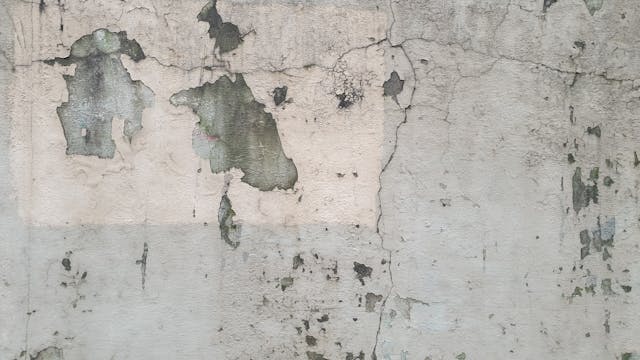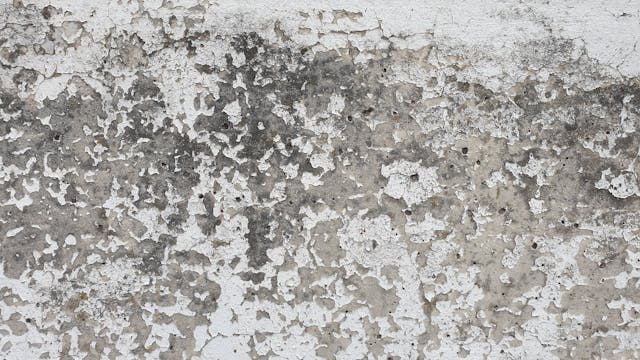One of the most widespread and destructive types of moisture issues that may occur to buildings is the rising damp. It is formed whereby the moisture and salts are transported through the walls and the floors of a building as the groundwater moves upwards through the walls and floors by the process of capillary action. This may cause structural harm, unattractive stains and health crisis in the long run unless it is treated early. The important role of knowing what causes rising damp, identification, and prevention or remedy of rising damp is the key to ensuring the integrity and safety of any building.
Causes of Rising Damp
Lack or failure of a damp-proof course (DPC) which is a protective layer installed at or near the base of walls to prevent such moisture rising is often the cause of rising damp sydney. This barrier could be absent or could be in a poor condition in old buildings. Excess moisture around the foundation can also be caused by poor drainage, high ground levels or leaking gutters and this may result in dampness rising up the walls. The presence of heavy rainfall or improper landscaping are some factors of the environment that may cause the problem to get worse and as such, regular inspections and maintenance is vital to ensure that the problem is detected and prevented early.

Learning to Determine the Signs of Rising Damp.
Early detection of the symptoms of rising damp can make home owners save on expensive rehabilitation. The typical signs are peeling paint, colored or blistering plaster and damp or musty smells. You can also observe tide marks or salt deposits that develop along the lower section of the walls usually to a height of one meter above the floor. Such elements of the wood as skirting boards can be displayed with signs of decay or growth of mould as a result of long-term exposure to moisture. In extreme situations, the structural material may be weak, and this may be a long-term hazard to the stability of the building. A timely detection of these symptoms will enable an earlier intervention and reduce the harm.

Problem Solutions and Prevention.
It is important to deal with the rising damp as it involves getting rid of the existing moisture and preventing the occurrence of the moisture again. A damp-proof course may be installed or fixed, and this is one of the common solutions which prevent movement of water upward. In other instances, the new protective layer inside the walls can be formed through chemical injections. Extrinsic sources of moisture can be reduced by improving drainage around the site, reducing the amount of soil around the walls, making sure that gutters and downpipes are functioning properly, etc. The regular maintenance, ventilation, and monitoring of moisture are some of the important factors that ensure the homes are dry, safe, and structurally sound over time.
The development of rising damp can begin as a trifle but unless it is addressed with due speed, it can result in severe structural and health consequences. Knowing its reasons, being able to see its symptoms early and using the appropriate treatment strategies, the owners of a home will be able to save their property and be able to live in a dry and comfortable environment in the next years.















